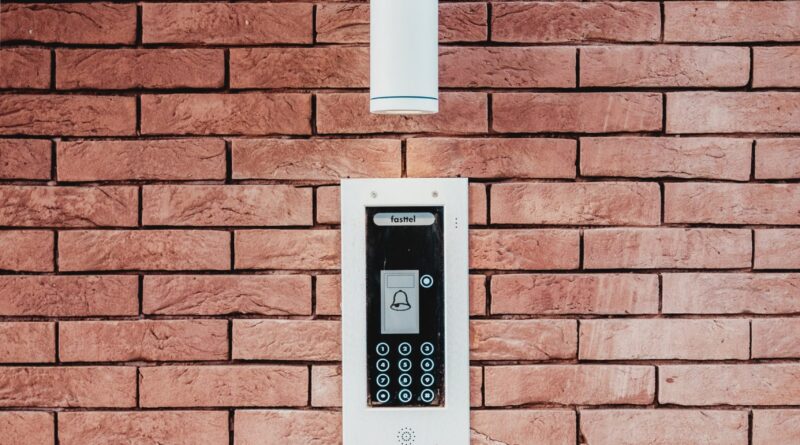A wireless video intercom is like having a high-tech doorman that lets you see and talk to visitors from anywhere in your home. It works by combining camera technology, wireless communication, and smart devices to create a seamless connection between your front door and your preferred viewing device. I find these systems fascinating because they’ve revolutionized home security and convenience. Let me walk you through how these modern marvels actually work and what makes them so effective.
Spis treści:
Basic Components of a Wireless Video Intercom
The system consists of several essential components working together. The outdoor unit includes a camera, microphone, speaker, and doorbell button, all housed in a weather-resistant case. Inside, you’ll find the receiver unit or multiple receivers, depending on your setup. Most modern systems also include a wireless router or hub that connects to your home’s WiFi network. The magic happens when these components communicate with each other using radio frequencies or your home’s WiFi network, creating a seamless audio-visual connection between the outside unit and your indoor monitors.
How the Communication Process Works
When someone presses the doorbell button, the outdoor unit activates the camera and establishes a wireless connection with your indoor unit. The camera captures video while the microphone picks up audio, and both are transmitted wirelessly to your receiver. This happens in real-time, allowing you to see and speak with visitors instantly. Many modern systems also send notifications to your smartphone, letting you interact with visitors even when you’re away from home. The wireless transmission typically uses either your home’s WiFi network or a dedicated radio frequency, depending on the system’s design.
Power Supply Options
Wireless video intercoms can draw power in several ways. The outdoor unit might connect to your home’s existing doorbell wiring, use rechargeable batteries, or harness solar power. Indoor units typically plug into standard electrical outlets, though some portable receivers can run on rechargeable batteries. Battery-powered units offer more flexibility in placement but require regular charging or battery replacement. The power source you choose often depends on your installation preferences and how you plan to use the system.
Range and Signal Strength
The effective range of a wireless video intercom varies depending on several factors. WiFi-based systems can work anywhere within your network’s coverage area, while radio frequency systems typically operate within 150-800 feet of the outdoor unit. Walls, floors, and other obstacles can affect signal strength, so it’s important to consider your home’s layout when planning installation. Some systems include signal boosters or mesh networks to extend range and ensure reliable performance throughout your property.
Additional Features and Capabilities
Modern wireless video intercoms often include advanced features that enhance their functionality. Night vision capabilities ensure clear video even in darkness. Motion detection can alert you when someone approaches, even before they ring the bell. Many systems offer video recording and storage options, either locally or in the cloud. Some units integrate with smart home systems, allowing you to control door locks or adjust settings through voice commands or smartphone apps. These features make wireless video intercoms not just communication tools, but comprehensive security solutions.
